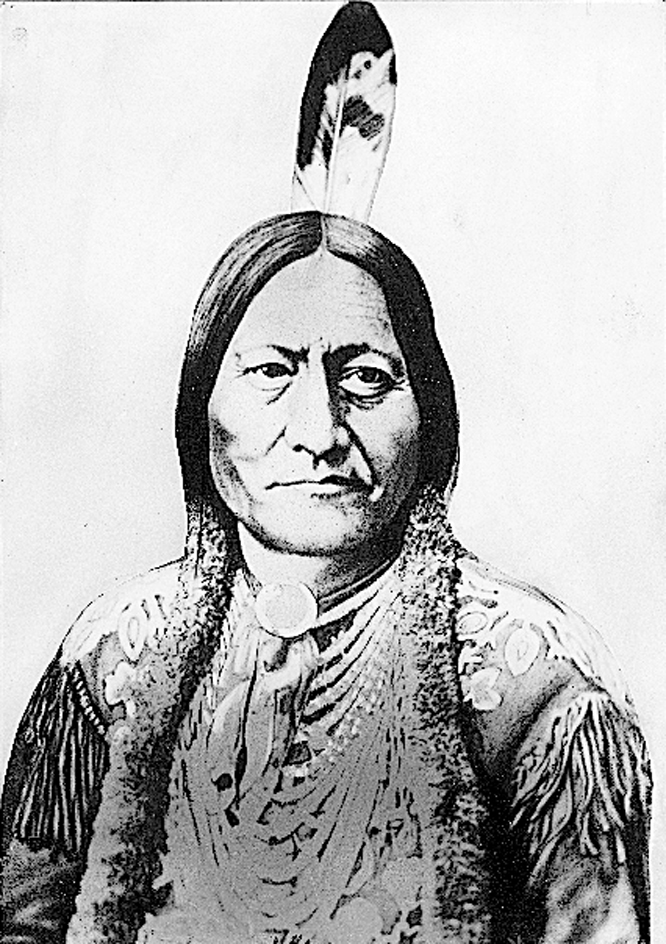Sitting Bull (1834?-1890) was a famous medicine man and leader of the Hunkpapa band of the Teton Sioux . Many people think that he was the leader of the Battle of the Little Bighorn, on June 25 and 26, 1876, in which Lieutenant Colonel George A. Custer died. Actually, Sitting Bull acted only as the leading medicine man in the preparations for the battle. The year before, he had received a vision that all his enemies would be delivered into his hands. In the spring of 1876, Sitting Bull led a sun dance at which he told the followers to change their way of fighting. Instead of showing off to prove their bravery, they should fight to kill, or they would lose all their lands to the white people. This new tactic led to the victory over Custer.

After the Battle of the Little Bighorn, Sitting Bull and his followers were driven into Canada. He returned to the United States in 1881. After two years in confinement at Fort Randall in South Dakota, he lived on the Standing Rock Reservation in that state. There, in 1890, he encouraged the Ghost Dance (see Ghost Dance). The government thought this was an attempt to renew the Indian wars, and it sent Indian police officers to arrest Sitting Bull. He and his son were killed in the process, on Dec. 15, 1890.
Sitting Bull was born in what is now South Dakota. As a boy, he was known as Hunkesni, which meant Slow. However, after showing great bravery in a fight against the Crow, he received the name Sitting Bull from his father.
See also Indian wars (Wars on the Plains); South Dakota (Territorial days).
